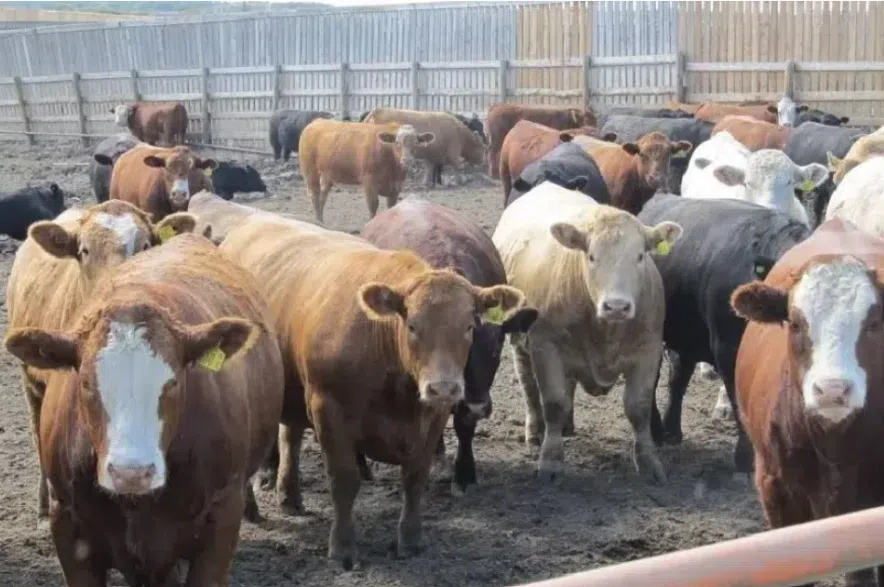By RealAgriculture News Team
This story was first published on RealAgriculture.com on Sept. 12, 2025.
Fed cattle prices in Canada are holding steady even as U.S. markets begin to soften following the Labour Day weekend. While some may get a little nervous about prices stalling out, the pullback could reflect a healthy seasonal correction, said Anne Wasko of Gateway Livestock Exchange.
Read more:
- Dry weather allow harvest progress, lack of rain poses fire risk
- Federal biofuel incentive not a permanent fix for trade tariffs
- NDP repeats calls for action committee on drought relief
“We’ve just come off all-time record highs in both the U.S. and Canada, so a little breather might not be a bad thing,” Wasko said. However, she notes bids in the U.S. did pull back, with Kansas sitting at US$240 and northern markets like Nebraska seeing $238, at $4 to $8 drops week-over-week.
Listen to Anne Wasko’s beef market update on RealAg:
In Western Canada, fed cattle were trading between $520 and $526 delivered, with some live sales between $318 and $320 FOB. Ontario’s market was also steady at $542 delivered. This stabilization helps narrow the price spread between Alberta and U.S. markets, which has been notably wide in recent weeks.
Despite strong pricing, some uncertainty is brewing as auction market volumes remain slow to pick up, particularly in Western Canada. August volumes were down about 18 per cent year-over-year, potentially due to increased use of internet and video sales earlier in the season.
Trade data released by Statistics Canada offered a more positive note. July beef exports rose 10 per cent year-over-year, with value up 6 per cent, despite Canadian beef production being down five per cent. Exports increased to all three major markets: the U.S. (+10 per cent), Japan (+15 per cent), and Mexico (+nine per cent).
Meanwhile, beef imports into Canada were up 5 per cent in August, with year-to-date numbers showing a 19% rise—driven largely by increases from Australia (+52 per cent) and New Zealand (+46per cent). Live cattle exports have slowed considerably since the first quarter, with July fed cattle exports down 20 per cent and cow exports down 60 per cent. Yes, sixty.
“Considering the early-year surge, it’s a pretty dramatic drop,” Wasko says. “But it reflects where we’re at in the cycle—slower cow slaughter and packers trying to keep cattle in Canada for harvest.”











